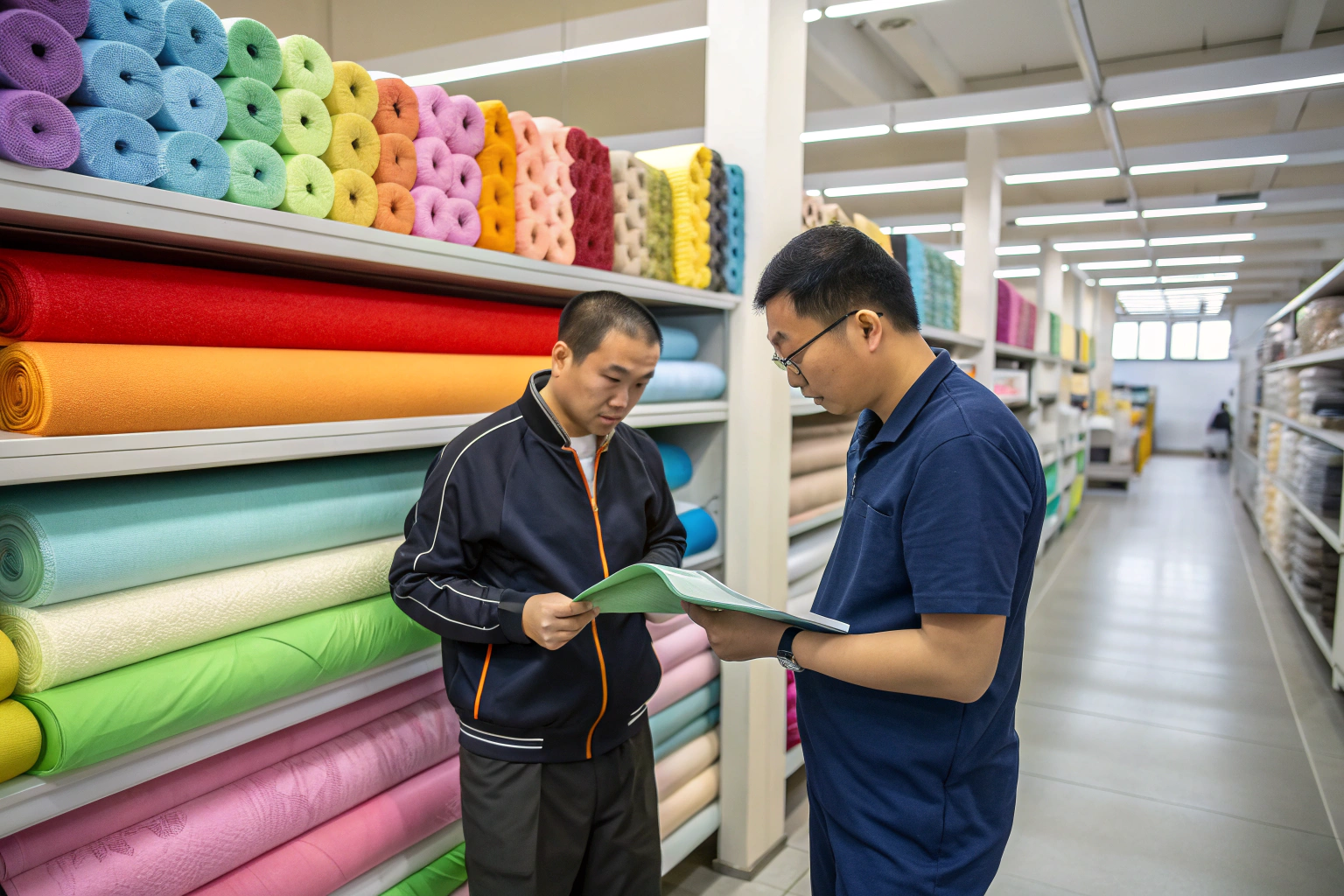Sourcing permethrin-bonded mosquito repellent fabrics can be a challenge if you are new to this specialized textile segment. With the growing demand for outdoor, travel, and military-grade apparel, more buyers from the U.S. and Europe are looking for trusted suppliers. But many struggle with verifying the quality, ensuring regulatory compliance, and finding competitive prices. The wrong choice can lead to failed product launches, customer complaints, or customs clearance delays.
The most effective way to source permethrin-bonded fabrics is to partner with reputable manufacturers who have proven expertise in insect-repellent textile technology, comply with global testing standards, and can provide end-to-end supply chain support from weaving to export. This ensures you get both high-performance fabrics and a smooth import process into your target market.
If you want to avoid costly sourcing mistakes, you need to understand the fabric technology, identify the right suppliers, verify compliance through credible testing, and optimize your logistics. In the next sections, I’ll break down exactly how to do this.
What Is Permethrin Fabric and How Does It Work?
Permethrin-bonded fabric is a textile infused with permethrin, a synthetic version of a naturally occurring insect repellent found in chrysanthemum flowers. This chemical is bonded to the fibers during manufacturing, making it durable through multiple washes and highly effective against mosquitoes, ticks, and other insects. This technology is widely used in outdoor clothing, military uniforms, and camping gear.
The main benefit of permethrin-bonded fabric is its long-lasting insect-repellent capability without altering the fabric’s softness or breathability. Unlike topical sprays, the treatment is embedded in the fibers, providing all-day protection without reapplication.
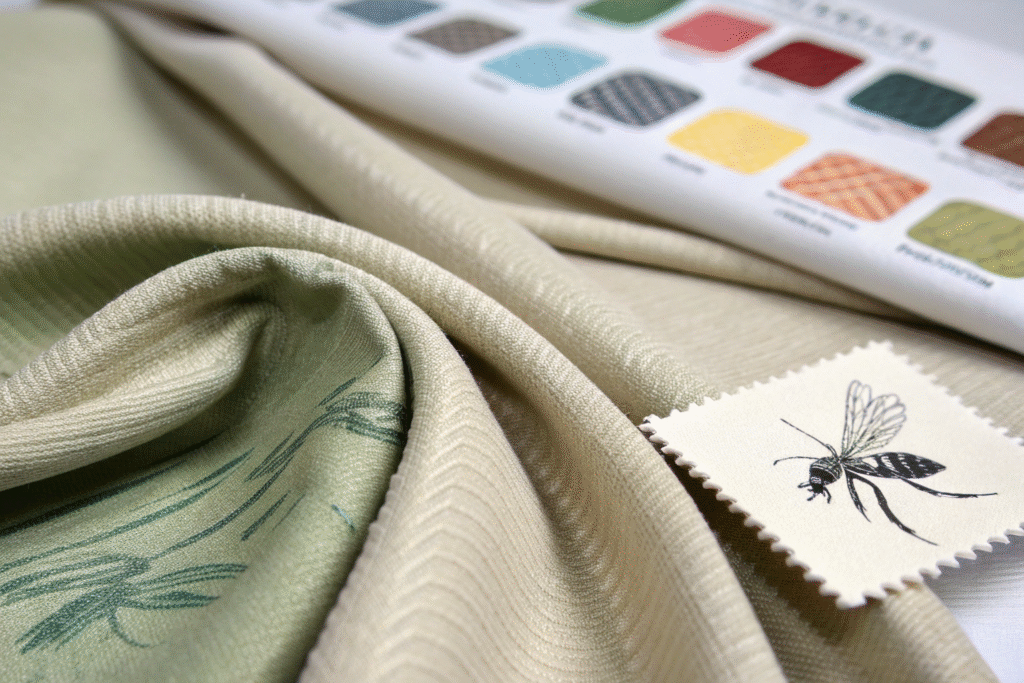
How Does the Bonding Process Work?
The permethrin is either micro-encapsulated or chemically bonded to the fabric’s fibers during the finishing process. This ensures the repellent is gradually released over time. Fabrics like polyester and nylon are commonly used due to their ability to hold the treatment for longer periods.
Where Is This Technology Commonly Used?
You’ll find permethrin-treated fabrics in hiking apparel, military gear, and even home furnishing textiles in tropical regions. Many brands source them from specialized suppliers in Asia, especially in textile hubs like Keqiao, Zhejiang, where large-scale finishing facilities can handle advanced treatments.
Best Suppliers for Mosquito Repellent Textiles
Finding a reliable supplier for mosquito repellent fabrics involves more than just searching online. While Alibaba and Global Sources are good starting points, professional buyers often attend industry trade shows like Canton Fair or Intertextile Shanghai to meet certified manufacturers in person.
The best suppliers are those who have in-house or partner facilities for both weaving and chemical finishing, with proven permethrin bonding experience. This vertical integration helps ensure quality consistency and shortens lead times.
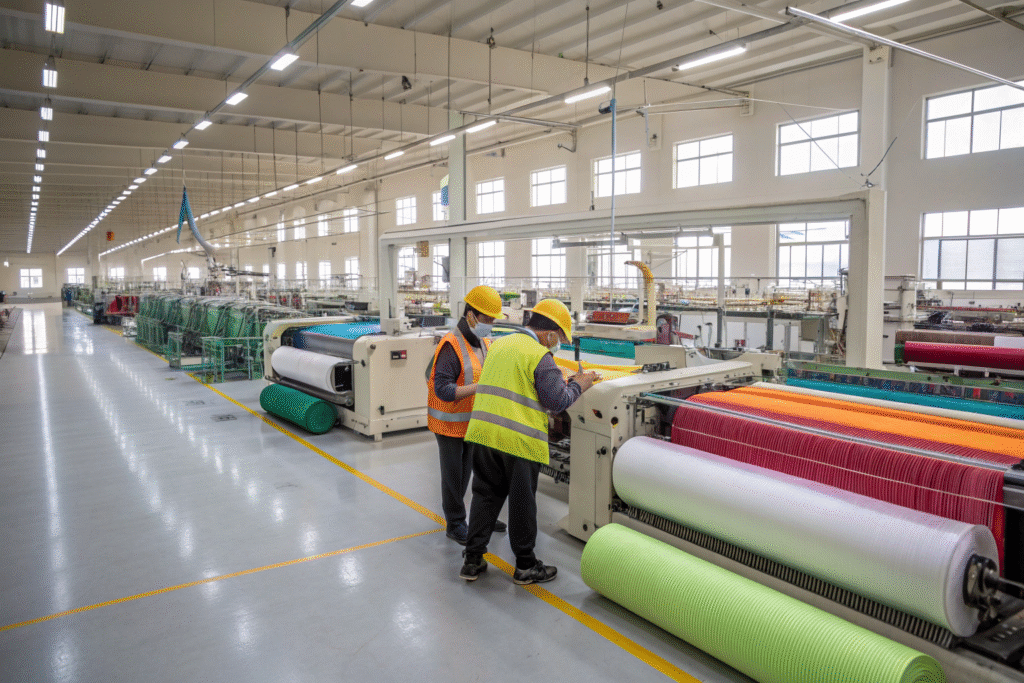
How to Vet a Supplier’s Capability?
Ask for proof of OEKO-TEX® Standard 100 or Bluesign® certification, which shows compliance with safety and environmental standards. Review their client list — if they supply to reputable outdoor brands, it’s a good sign. You can also check references from previous buyers on platforms like ImportYeti to confirm export records.
Should You Source Directly or Through a Trading Company?
Direct sourcing from factories can lower costs, but trading companies may offer better communication and a wider product range. If you choose a direct factory, make sure they can provide sample testing, export documentation, and after-sales support.
Testing Standards for Insect-Repellent Fabrics
The performance of mosquito repellent fabrics is measured by specific testing standards that verify both efficacy and safety. These standards help ensure the fabric performs as promised and is safe for prolonged skin contact.
In the U.S., ASTM D6413 and ISO 1833 are common textile testing protocols, while WHO Pesticide Evaluation Scheme (WHOPES) guidelines apply to insecticidal treatments. Buyers should insist on test reports before placing bulk orders
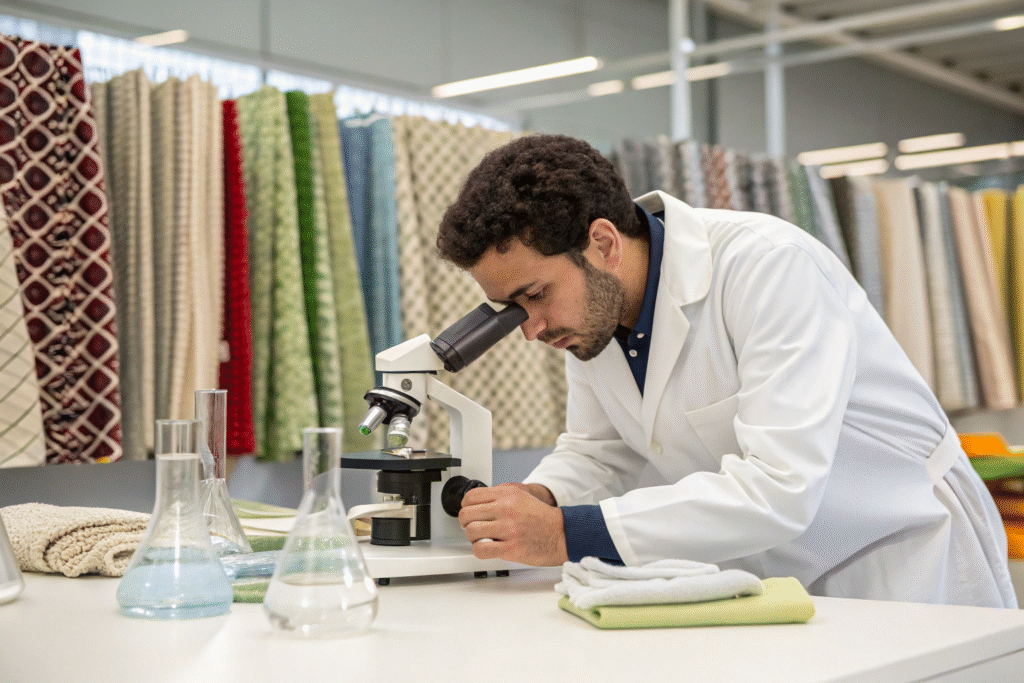
What Tests Should You Request?
Request mosquito knockdown rate tests (e.g., WHO cone bioassay) to measure repellent effectiveness. Also, request wash durability tests to confirm how many laundering cycles the fabric can withstand while retaining its properties. For reference, you can read more about ISO standards for textiles and ASTM testing.
How to Ensure Compliance for U.S. Imports?
The U.S. Environmental Protection Agency (EPA) regulates insecticide-treated articles. This means your supplier must use EPA-registered permethrin and provide proper labeling. Non-compliance can result in shipment rejection or fines, so pre-shipment document checks are crucial.
Cost and Import Tips for U.S. Buyers
Cost control is a major concern for U.S. buyers, especially with rising freight rates and tariff uncertainties. While permethrin-bonded fabrics are generally more expensive than untreated textiles, smart sourcing can help reduce total landed costs.
The best strategy is to negotiate not just on price per yard but on the total package — including shipping, duties, and payment terms. Consolidating orders and choosing the right shipping method can make a big difference.
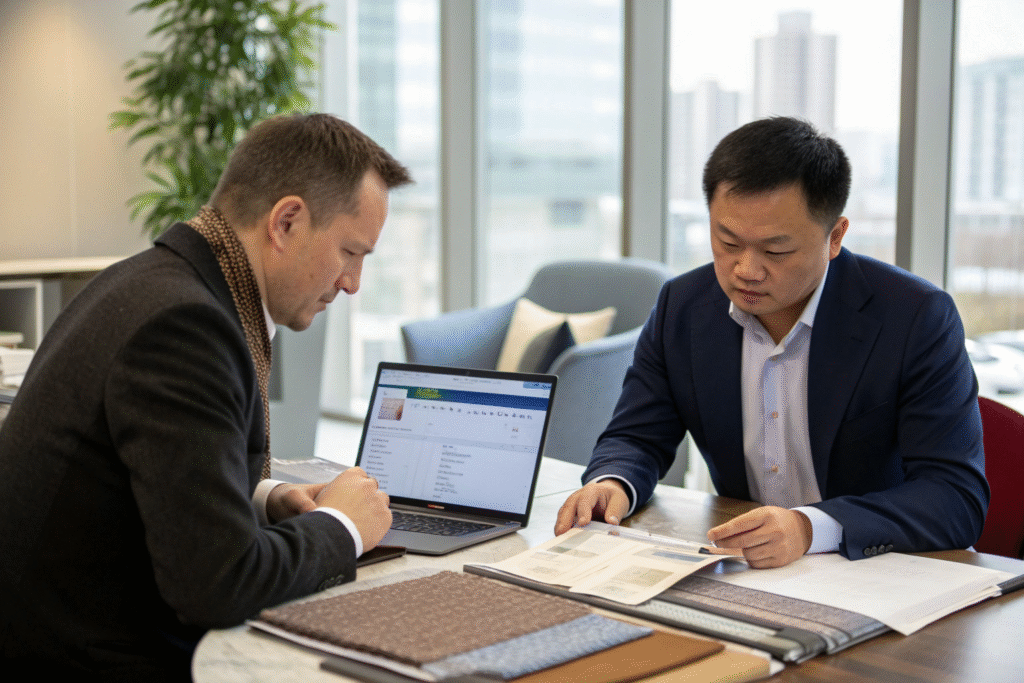
How to Reduce Tariff Impact?
Check the Harmonized System (HS) codes carefully. Some treated fabrics may fall under categories with lower duties. Working with a freight forwarder familiar with U.S. Customs regulations can help optimize classification.
Payment and Risk Management
Always use secure payment methods such as Letter of Credit or Trade Assurance on Alibaba to protect your transaction. For large orders, consider splitting payments — deposit upon order confirmation and balance after pre-shipment inspection.
Conclusion
Sourcing permethrin-bonded mosquito repellent fabrics successfully requires technical understanding, supplier vetting, compliance checks, and cost optimization. By following the steps outlined in this guide, you can secure high-performance fabrics that meet safety standards and satisfy your customers’ needs.
If you’re looking for a trusted manufacturing partner with expertise in permethrin-bonded textiles and global export experience, contact Shanghai Fumao today. Our Business Director Elaine can help you develop and deliver your custom mosquito repellent fabric orders. Email her at elaine@fumaoclothing.com for a consultation.

